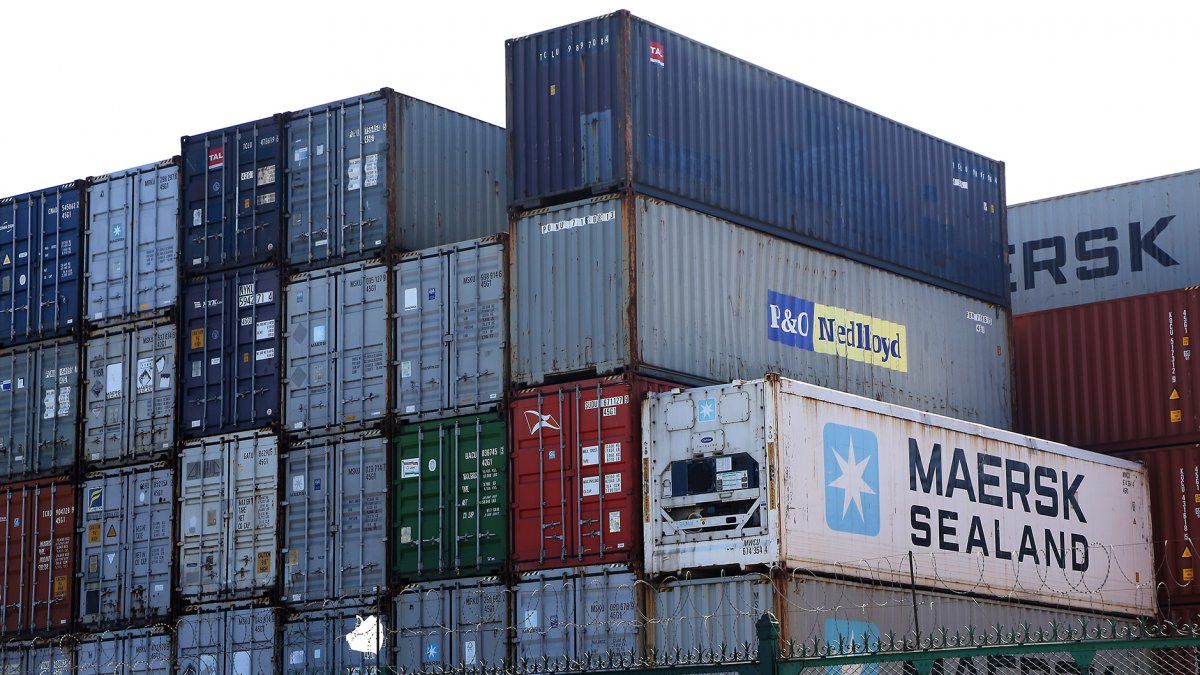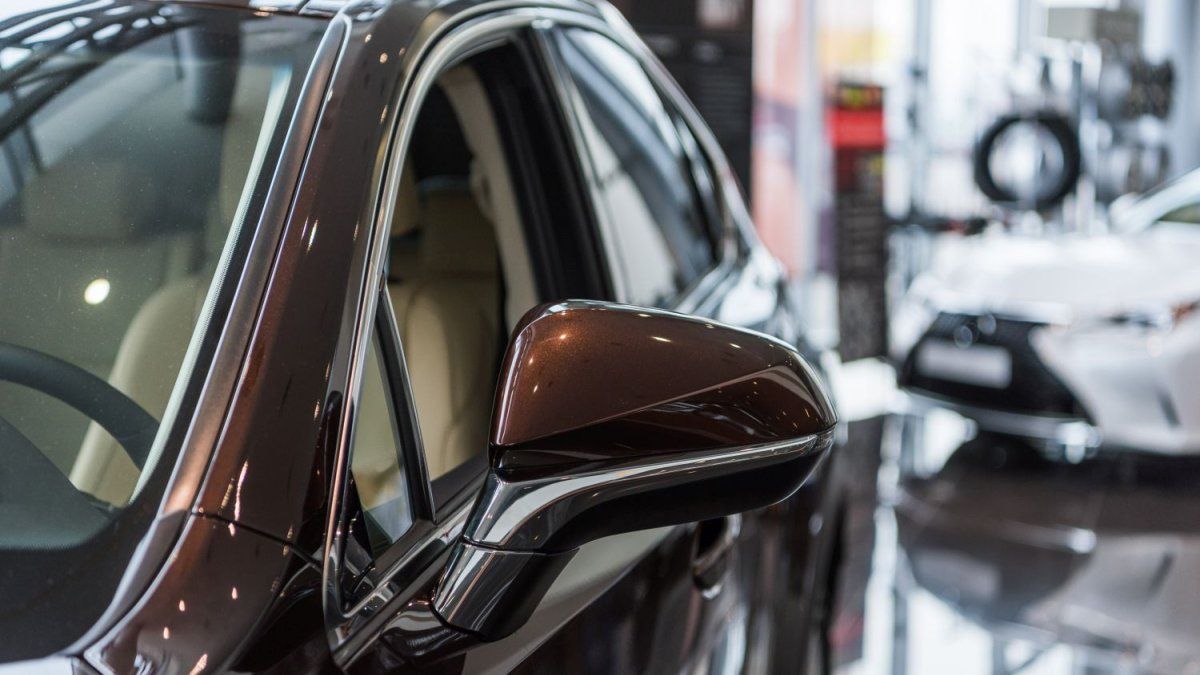He Ministry of Economy is determined to sustain the level of economic activityin an electoral year where it will be essential to show positive data and for this it has to maintain a good level of imports, even if the result is not to add international reserves as requested by the IMF.
In May it seems that Sergio Massa stepped on the accelerator of purchases abroad. They estimate in the Palacio de Hacienda that They totaled $7 billion and reached the highest level so far in 2023. This Wednesday the official result of the Argentine Commercial Exchange (ICA) prepared by INDEC will be announced.
According to information from the statistical agency, In the first four months, purchases abroad totaled US$23,259 millionat a rate of US$5.800 million per month average.
It is evident that Not everything that the Government authorizes to import is paid at the moment: Companies are obliged to negotiate commercial credit with their suppliers based on the restrictions on access to dollars in the official market or pay with their own dollars.
In April, INDEC reported imports for some US$6,017 million (including the cost of insurance and freight), but the Central Bank of the Argentine Republic (BCRA) reported payments for US$5,711 million, 10% below the same month of the previous year. The difference, says the foreign exchange market report, “could indicate an increase in the stock of commercial debt or a decrease in foreign assets for advances made previously”. That is, either companies are spending their own dollars or they are increasing their indebtedness with suppliers.
By authorizing a higher level of external purchases, the Government would have the objective of counteracting the stagnant trend that activity is already registering in the second quarter, according to the hypothesis of the director of the consultancy PxQ, Emmanuel Alvarez Agis. The economist says that after the post-pandemic recovery period, micro periods of activity and brake are being registered.
He raised in a recent chat with investors organized by the stock exchange company MegaQm that it is a three month stop and gowhich began in August 2022. The former Vice Minister of Economy during the administration of Axel Kicillof affirms that the recovery of activity last year, when he was in charge of the Martín Guzmán Treasury Palace, cost us $ 7,000 million of the reserves. after that, The mechanics of the economic team was to “open the wallet” for a quarter, recover activity, and in the absence of foreign currency, restrict again to recover reserves.
In the first quarter of this year the Government should have limited imports and it did not. Alvarez Agis points out that between January and March the Government would have to be paying imports for an average of US$4,000 million per month for the BCRA to add dollars, but, in reality, it did so for US$6,000 million. “In the first quarter of the year the economy expands but it cost us $3.6 billion in reserves,” he said..
Now the BCRA is facing the problem that it has negative net reserves, which according to private estimates would be between US$1,000 million and US$1,500 million, and that is one of the central points of the negotiation with the IMF that will continue this week. Massa asks that disbursements be advanced, while in the organism they want it to add dollars, or in other words, to stop activity.
Source: Ambito



